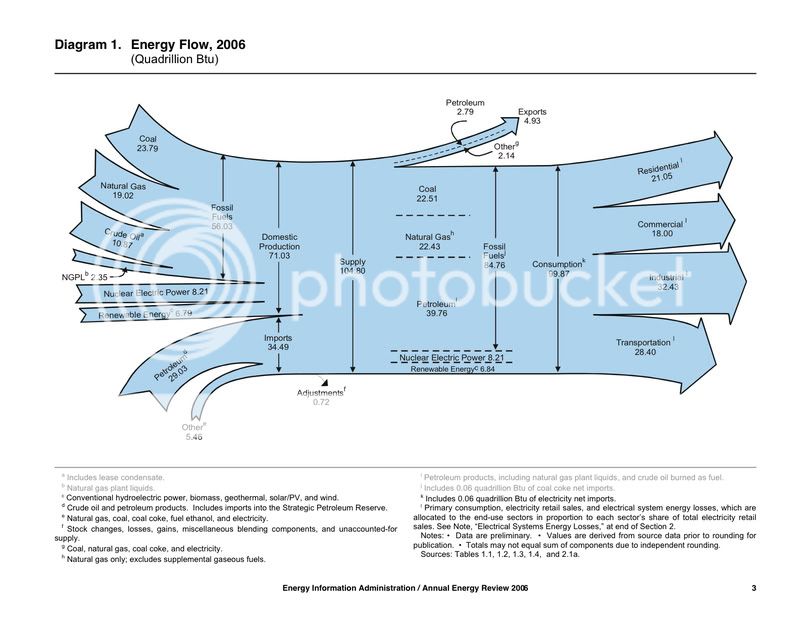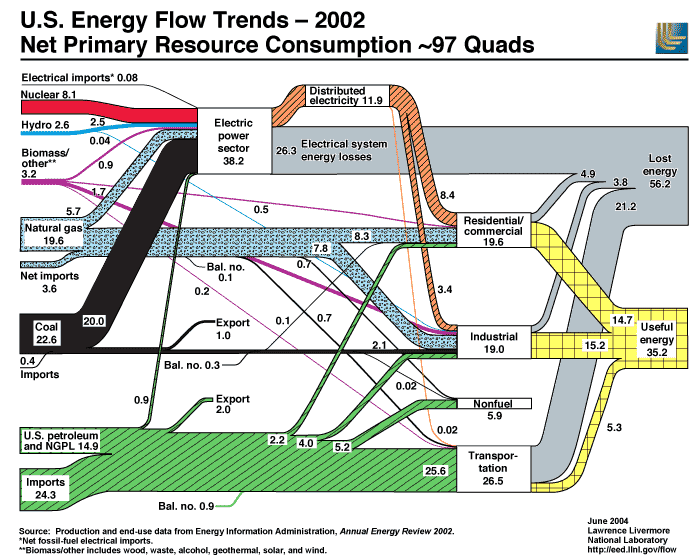Its the refill problem
I guess I'm just a show-me kinda guy. Do I think an air powered car is possible? Absolutely. Do I think it'll be cheap, safe and practical? No. Every story I've seen on this thing makes it sound as if a tiny little bit of energy is used to fill a big tank with air, and then the air magically makes the car go. One article even suggested that the electricity we already use to pump gasoline into our tanks could be used to fill the air car's tank with compressed air!
Consider this: Think of how much work it takes to push a real car at 68 miles per hour for two hours. This is the amount of work that the pump is going to have to do to fill up your air car, and according to the press it'll have to do it in just a few minutes. The mech. engineers can chime in here on just how much work this is, but it seems like an awful lot.
I do not doubt that this vehicle exists, but I'm fairly confident that the performance claims are WILDLY overblown.
Not an ME, but will chime in anyway. Your skepticism about the claims is well founded. This car can work, and I personally think its a great idea if the range numbers add up. I'm not sure of that at all, and not sure I can even figure out how to analyze it (need smart ME).
The refill issue, however, is exactly as you stated. It is also analogous to the battery refill problem for electric cars (I am an EE).
With that mode of energy storage there is also periodic wild claims about fast recharge that just doesn't math out. This has been at play for years in the development of battery operated equipment, such as laptop PCs. Yes, you can charge quickly. The power loss of doing so, however, increases at the square of the charge rate increase.
So, double the charge current, quadruple the power loss during charge. Assuming the battery will take charge that way (it won't), you have been dissipating 4x the power for 0.5x the time, and therefore wasted twice as much energy to do the same job.
From an overall standpoint, a maximum charge rate of 1C (the normal discharge rate) is ideal, since the overall system is designed to deal with that already. That means it takes as long to charge as it did to discharge. From an energy conservation standpoint, the slower you charge, the less power you waste.
OK - not an ME, but I'll go out on a limb with this relationship:
Air pressure ---> volts
Air flow ---> amps
For the compressed air storage of power, air is going to have to flow into the tank (like current into a battery). The faster it flows, the more heat is generated. I'm guessing its a flow^2 relationship, so loss will increase with the rate of refill.
Like in the electrical analogy, you can over design the charging paths, but that leads to an impractical system. I suspect, for example, that designing a valve that will handle 4000+ psi becomes more difficult at the square of the diameter.







